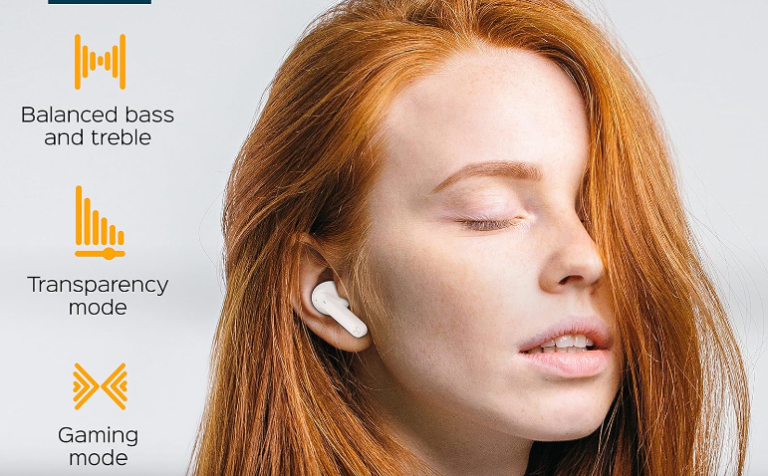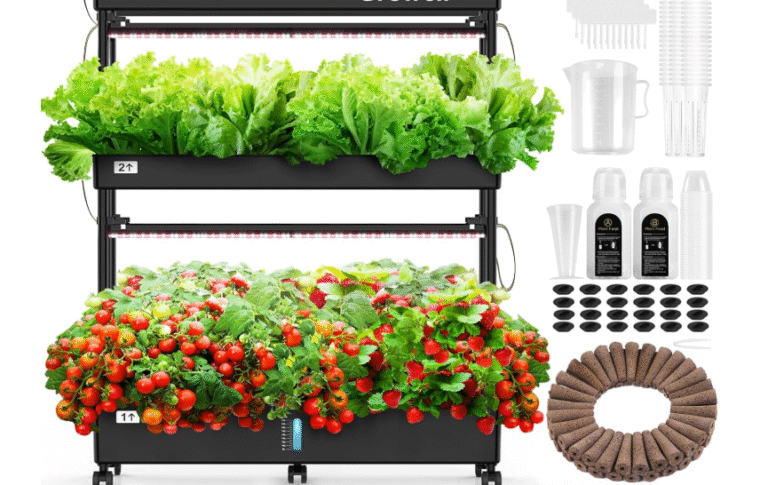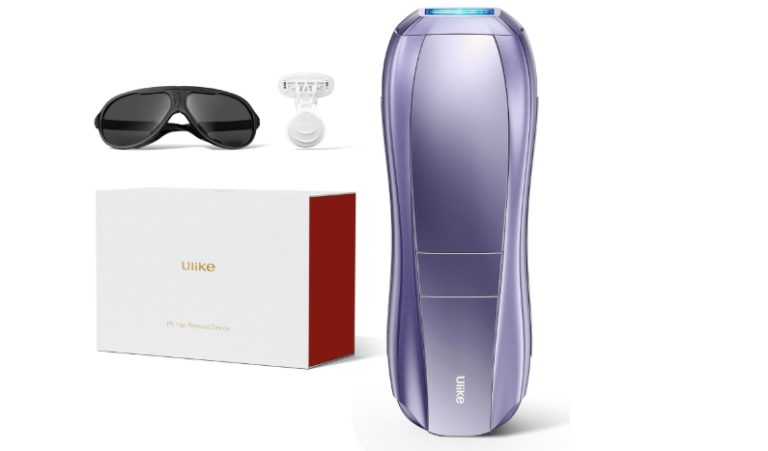Busy cubes, also known as sensory boards or activity cubes, are popular toys designed to engage young minds through a variety of interactive features. These compact cubes provide a multitude of textures, sounds, and challenges, making them ideal for stimulating a child's senses, developing fine motor skills, and promoting creative exploration.
In this review, we'll delve into the world of busy cubes, exploring their features, benefits, and how they can contribute to a child's sensory development.
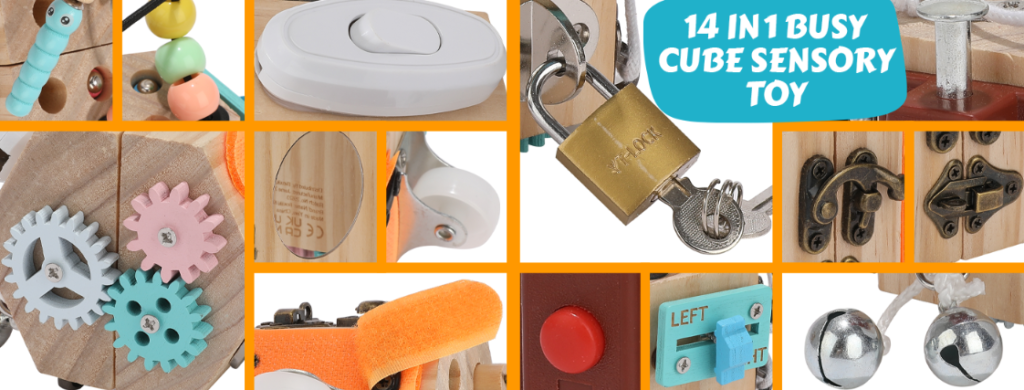
Key Highlights
- Busy Cube for Kids Sensory Review: A comprehensive guide to the Busy Cube, a sensory toy designed for children aged 3 and above.
- Key Features: The Busy Cube is a cube-shaped toy filled with different textures, colors, and sounds that stimulate the child's senses.
- Benefits: Enhances fine motor skills, hand-eye coordination, and cognitive abilities, and is an excellent tool for children with sensory processing disorders.
Pros
- Cognitive Development: The Busy Cube provides cognitive stimulation through various interactive features, such as shape matching and multi-mode piano.
- Fine Motor Skills: Engaging with the Busy Cube promotes the development of fine motor skills through activities like shape sorting, knob twisting, and button pressing.
- Sensory Stimulation: The Busy Cube offers rich sensory experiences, stimulating children's senses of sight, touch, and hearing.
- Improves Hand-Eye Coordination: The Busy Cube helps improve hand-eye coordination through various activities like spinning, pressing, and sliding.
- Sensory Learning: The Busy Cube provides sensory learning experiences through activities like spinning, opening, and turning.
Cons
- Overstimulation: The Busy Cube can be overwhelming for sensitive or easily overwhelmed children due to its abundance of lights, sounds, and moving parts.
- Limited Social Interaction: The Busy Cube may limit social interaction as it is designed for solitary play, which is essential for social-emotional development.
How the Busy Cube Works
The Busy Cube is a simple yet effective tool that can be used in various ways. Children can use their hands to manipulate the different textures and sounds within the cube, which helps to develop their fine motor skills. The cube also has different colors and patterns that can be used to stimulate visual perception.
Additionally, the Busy Cube can be used to create a calming and soothing environment for children, making it an excellent tool for children with sensory processing disorders.
Unboxing the Sensory Experience
Busy cubes come in various designs and materials, with each side featuring unique activities. Some common elements include:
- Lights and switches: These engage a child's visual and auditory senses, with buttons that trigger lights or create clicking sounds.
- Gears and mazes: These promote hand-eye coordination and problem-solving skills as children manipulate the gears or navigate a maze with a bead.
- Zippers, latches, and locks: These challenge fine motor skills and encourage persistence as children learn to grasp and manipulate zippers, open latches, or unlock tiny locks.
- Textured surfaces: From smooth wood to rough sandpaper, these provide tactile stimulation, helping children explore different textures and grasp concepts of rough and smooth.
Benefits of Busy Cube Play
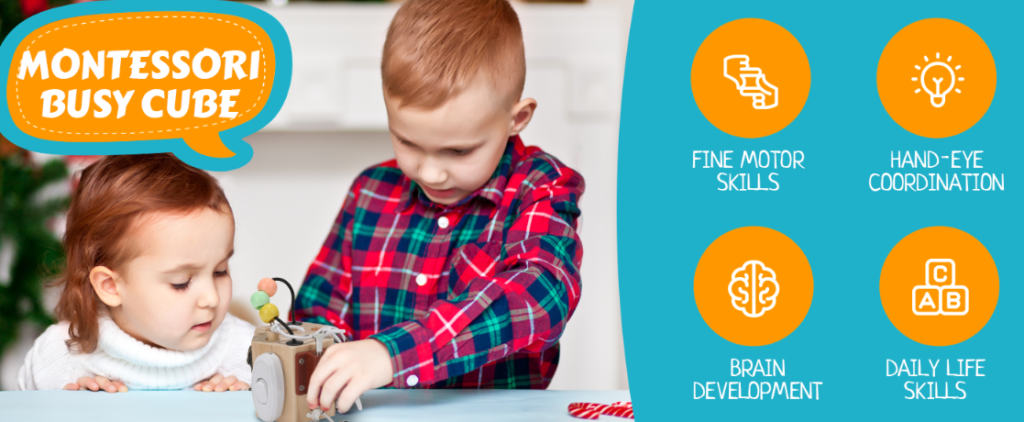
Busy cubes offer a multitude of benefits for young children, including:
- Sensory Development: By engaging multiple senses – touch, sight, sound – busy cubes help stimulate neural pathways in the developing brain.
- Fine Motor Skills: The intricate movements required to operate zippers, latches, and other features strengthen finger dexterity and hand-eye coordination.
- Problem-Solving Skills: Navigating mazes, unlocking locks, and figuring out how different features work encourage critical thinking and problem-solving abilities.
- Cognitive Development: Busy cube play promotes concentration, memory, and exploration, all essential for cognitive development.
- Independent Play: Busy cubes allow children to explore and engage at their own pace, fostering a sense of independence and accomplishment.
Busy Cube Considerations
When choosing a busy cube, consider your child's age and interests. Opt for cubes with age-appropriate features and materials that are safe and durable. Some busy cubes are specifically designed for toddlers, while others cater to preschoolers.
- 14-in-1 Montessori Toy - This quality wooden interactive toy includes fishing...
- Improving Hands-on Ability - Educational toys for toddlers on this busy cube that help...
- Great Travel Toys - Are you still worried about taking your baby on a trip? Worried that...
Busy Cube FAQs
1. What age are busy cubes good for?
Busy cubes are generally recommended for children between 1 and 3 years old, though some more intricate designs may be suitable for older preschoolers.
2. Are busy cubes safe for toddlers?
Look for busy cubes made with non-toxic materials and ensure all parts are securely fastened to avoid choking hazards. Opt for cubes with larger features for younger toddlers.
3. How do I clean a busy cube?
Spot clean with a damp cloth and mild soap. Avoid submerging the cube in water.
4. What are some alternatives to busy cubes?
Sensory bins, activity mats, and stacking toys offer similar benefits for sensory exploration and skill development.
5. Where can I buy a busy cube?
Busy cubes are widely available online [online retailers] and in toy stores.


